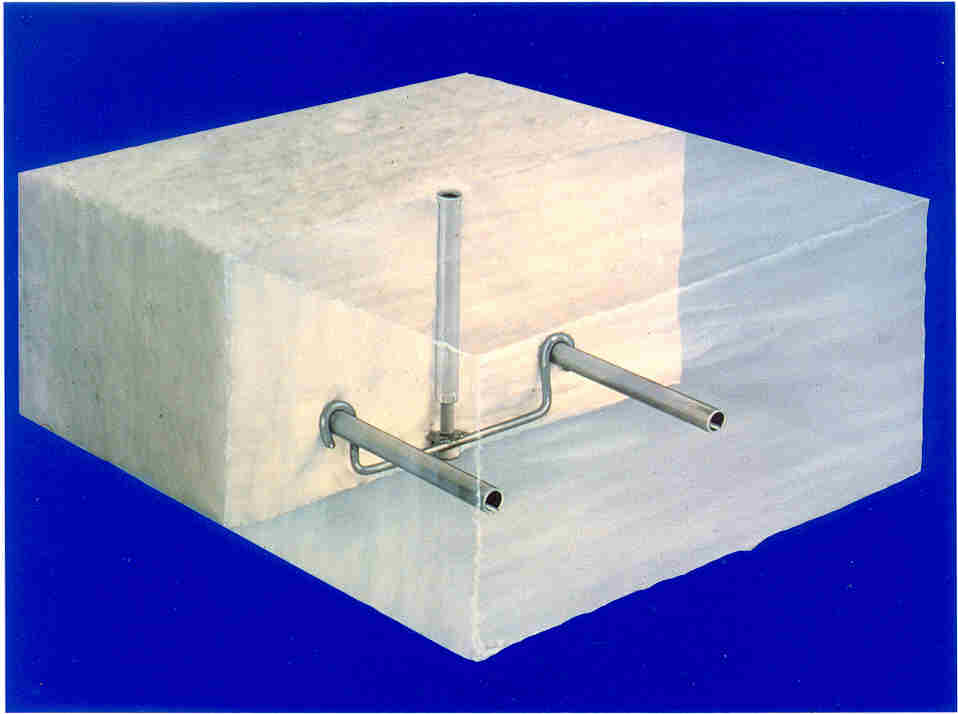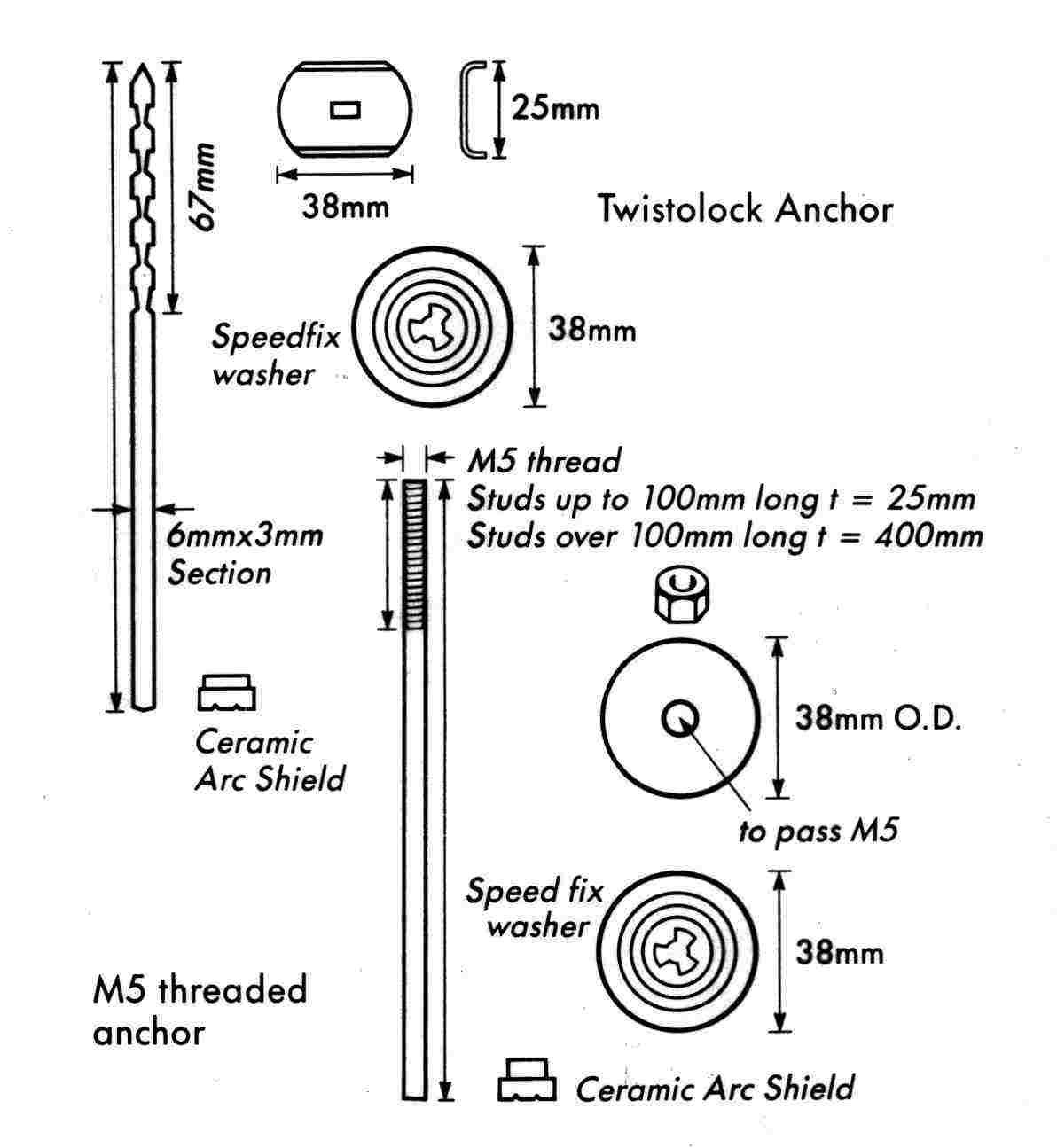
High temperature boards

In furnaces running at 1650°C or above new ideas are required to allow the hot face material to be retained in place over an economically long life.
The most important difference between these furnaces and those operating at lower temperatures is the need to establish a steep temperature gradient across the hot face fibre material to limit the shrinkage which would otherwise occur with time at the high temperatures of operation.
By developing a high temperature gradient the cooler fibre at the back of the hot face material provides support to the front of the lining. Structural stability in the lining is then very dependent on the anchorage method used.
Typically the sidewalls and roof may be built in a "wall-paper" style with a board lying along the surface exposed to the furnace, or in a "butcher-block" fashion in which the board is cut into strips and only the edges of the board are exposed to the hot furnace chamber.
The "wall-paper" style is restricted to small furnaces unless a complicated support and suspension design is used. Typically boards of up to about 300mm square can be used to 1650°C with the size reducing to about 115 x 150mm at 1850°C. Additional support with mullite or alumina rods and clips may be necessary.
The "butcher-block" style can be used for larger structures because there are more discontinuities in the exposed surface to allow the thermal expansion and contraction to be accommodated.
In either case modules may be built to allow large furnaces to be assembled relatively easily on site even though the individual fibre board pieces may be small.
Blanket as modules

At temperatures below 1600°C it is possible to use ceramic fibre blanket in a cut or folded form similar to the "butcher block" construction described above. There are some copyright or patent restrictions on some of the configurations but typically the cut blanket is compressed into modules and fixed to the furnace farmework or structure by bolting or with an adhesive.
Blanket as "Wall-paper"

The earliest type of lining with ceramic fibre was done by laying the blanket on the wall as though it were wall-paper. Instead of using paste to hold it in place a system of pins and clips has been devised which gives good support for the blanket up to about 1100°C. The main restriction for this type of construction is the speed of gas flow over the surface and the content of abrasive dust particles. The module system resists maltreatment better than blanket. Wall-papered blanket can be laid over a stainless steel or aluminium foil membrane to reduce penetration of noxious vapours to the shell of a vessel. The ceramic fibre blanket is held in place with pins fastened to the shell by screwing or welding.
Our experience stretches back many years and includes many techniques from most well known manufacturers and in most applications.
We will be pleased to advise you on any refractories associated problem.
| BURNTSTONE CERAMIC LIMITED 19 Redgates, Walkington, Beverley HU17 8TS Tel: +44 (0) 1482 868706 E-mail: sales@burntstone.co.uk Home page: http://www.burntstone.co.uk Registered in England 2113851 |
||
| Website Version 4.6 - Last revision date: 12 March 2008 |
For other furnaces, materials and services check the links below